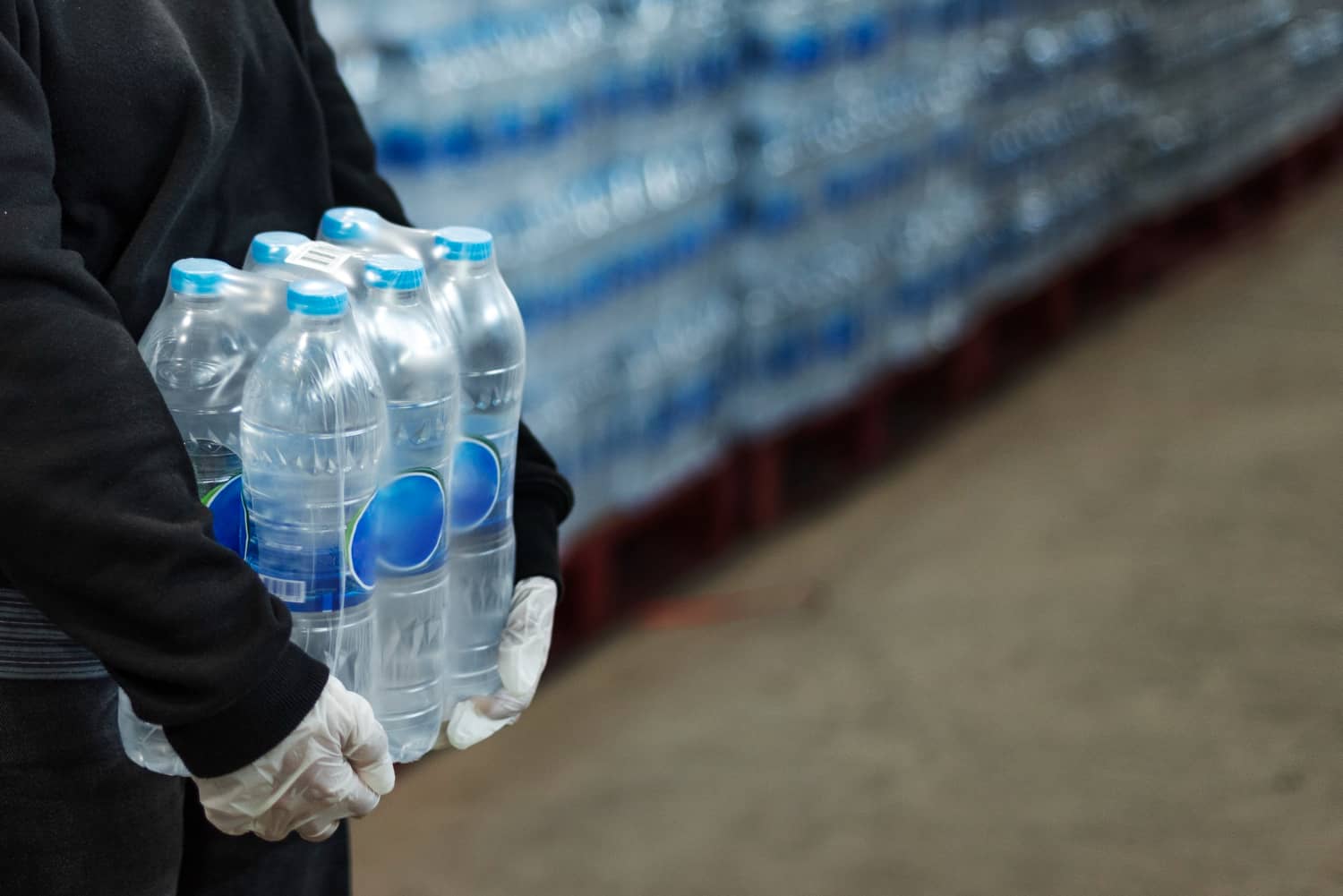 |
| Plastic Nanoparticles |
Scientists at Columbia University's Lamont-Doherty Laboratory have discovered that the amount of nanoplastics in bottled drinking water is significantly higher than initially thought.
Using advanced imaging technology, researchers examined water samples from three popular brands (undisclosed) and found hundreds of thousands of pieces of plastic per liter of water. Most disturbingly, 90% of these plastics were nanoplastics, microscopic particles small enough to be absorbed by human cells and tissues, even crossing the blood-brain barrier. This finding, published Monday in the journal Proceedings of the National Academy of Sciences, raises new concerns about possible adverse health effects due to exposure and prevalence of nanoplastics. Also Read: 10 Fatty Foods That Could Help You Lose WeightBefore this study, the presence of nanoplastics in bottled water was believed to be minimal. Naixin Qian, a Columbia chemistry graduate student and lead author of the study, expressed surprise, saying, “For a long time I thought that what was inside bottled water was just a few hundred PET particles. As it turns out, there’s a lot more to it than meets the eye. “PET,” or polyethylene thermoplastic, is a clear plastic that’s widely used in disposable water bottles. Although microplastics have previously been documented in bottled and tap water, the identification of nanoplastics has raised additional concerns. Beizhan Yan, an environmental chemist at Columbia and co-author of the study, noted that the nanoparticles' incredibly small size causes them to behave differently, increasing their potential toxicity by interfering with cells, tissues and organelles. Research into the effects of nanoplastics on human health is in its early stages. While scientists have recently identified the presence of plastics in human bodies and organs, animal studies indicate negative effects on development, reproductive capacity, intestinal health, hormone levels and immune responses due to exposure to microplastics. The Columbia study used a novel microscope that can visualize the vibration of molecules to analyze the nanoparticles, revealing that not only were small pieces of PET present, but that the amount of polyamides, used in reverse osmosis filters before bottling, exceeded that of PET. While there are seven common types of plastics known, only 10% of the nanoparticles analyzed in the study could be classified within these. The origin of the rest is still unknown, raising questions about the diversity and sources of nanoplastics in bottled water. This discovery adds to a series of findings that demonstrate the ubiquity of plastic in the environment, from ocean waters to snow-capped mountains and various organisms. Additional research is underway to understand the presence of nanoplastics in various areas of life, such as exhaust gases, wastewater, and human tissues. The use of innovative technologies, such as artificial intelligence, is also being applied to classify and identify different types of plastics in water samples, offering new insights and tools to assess the environmental and health risks associated with the growing presence of nanoplastics. |

Comments
Post a Comment